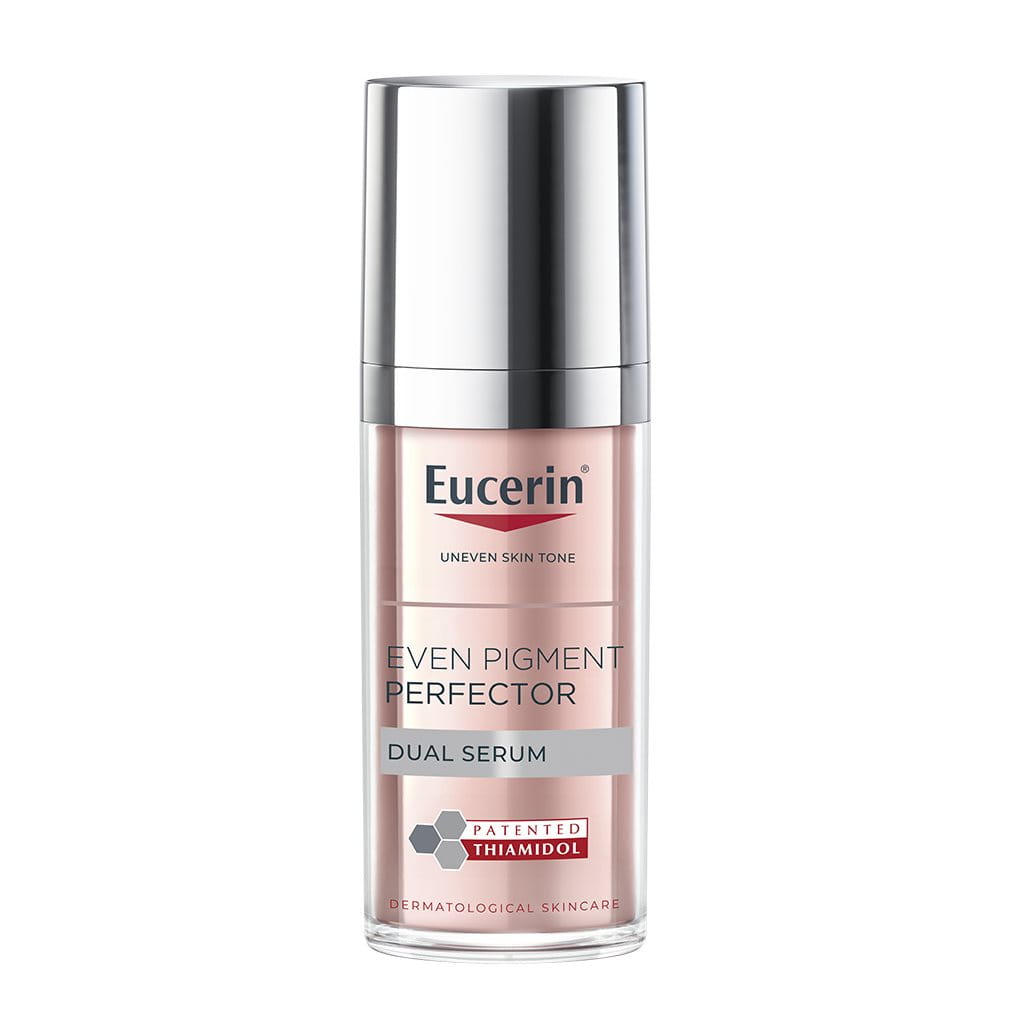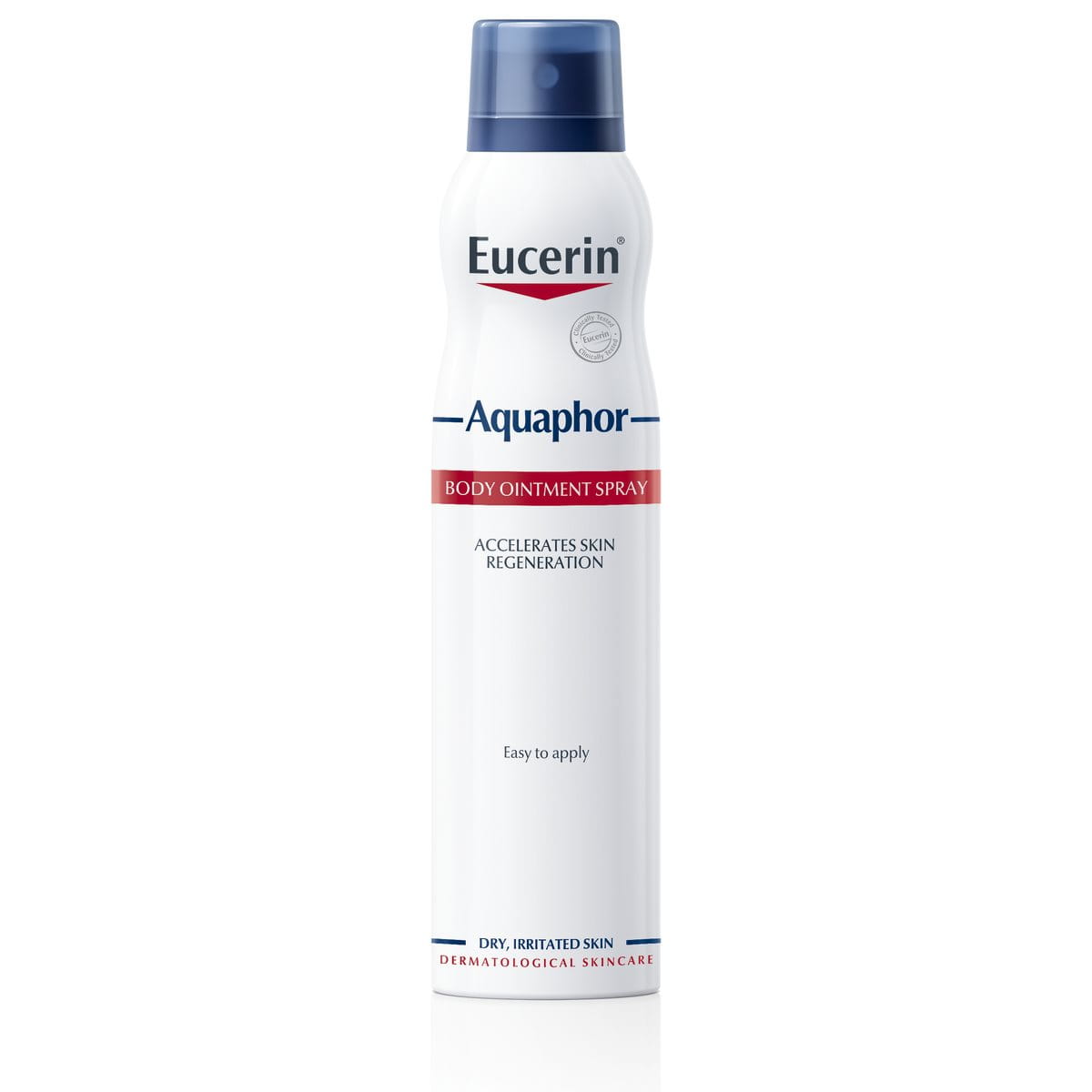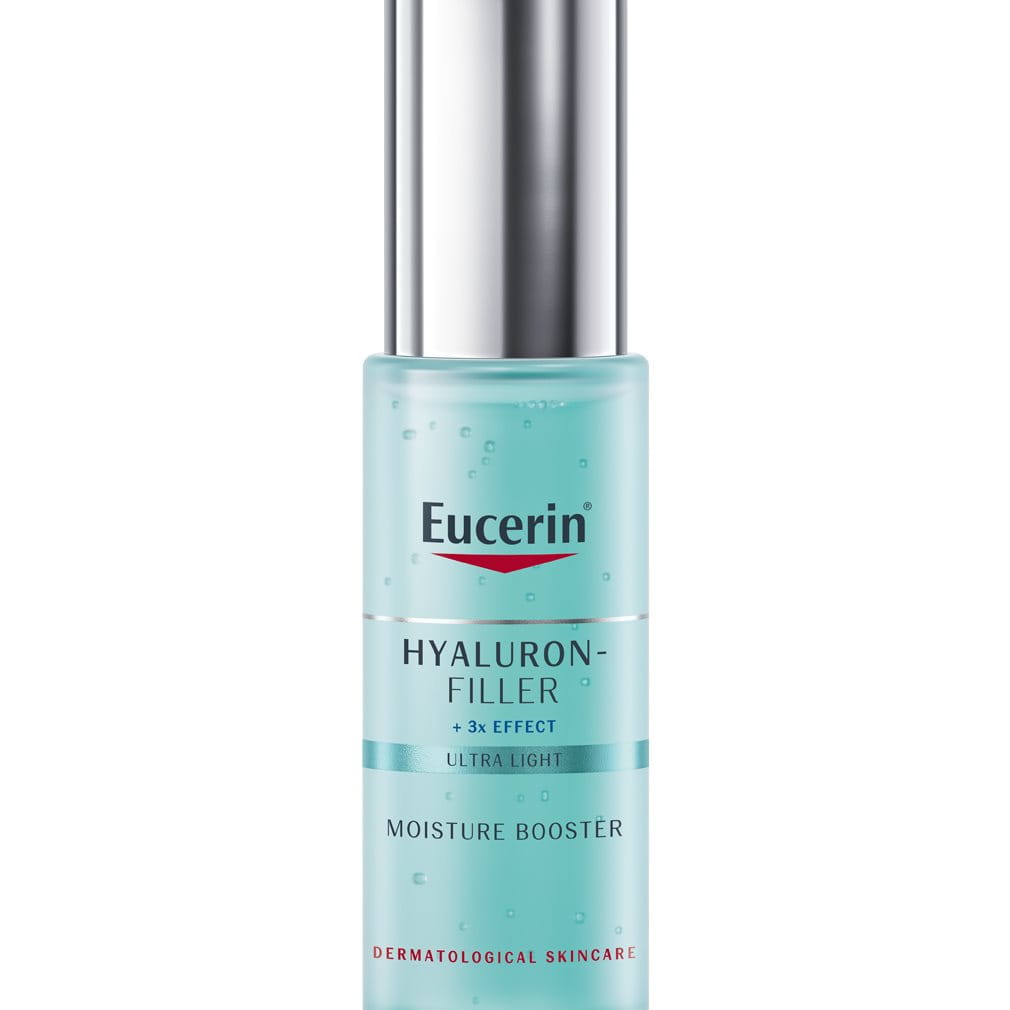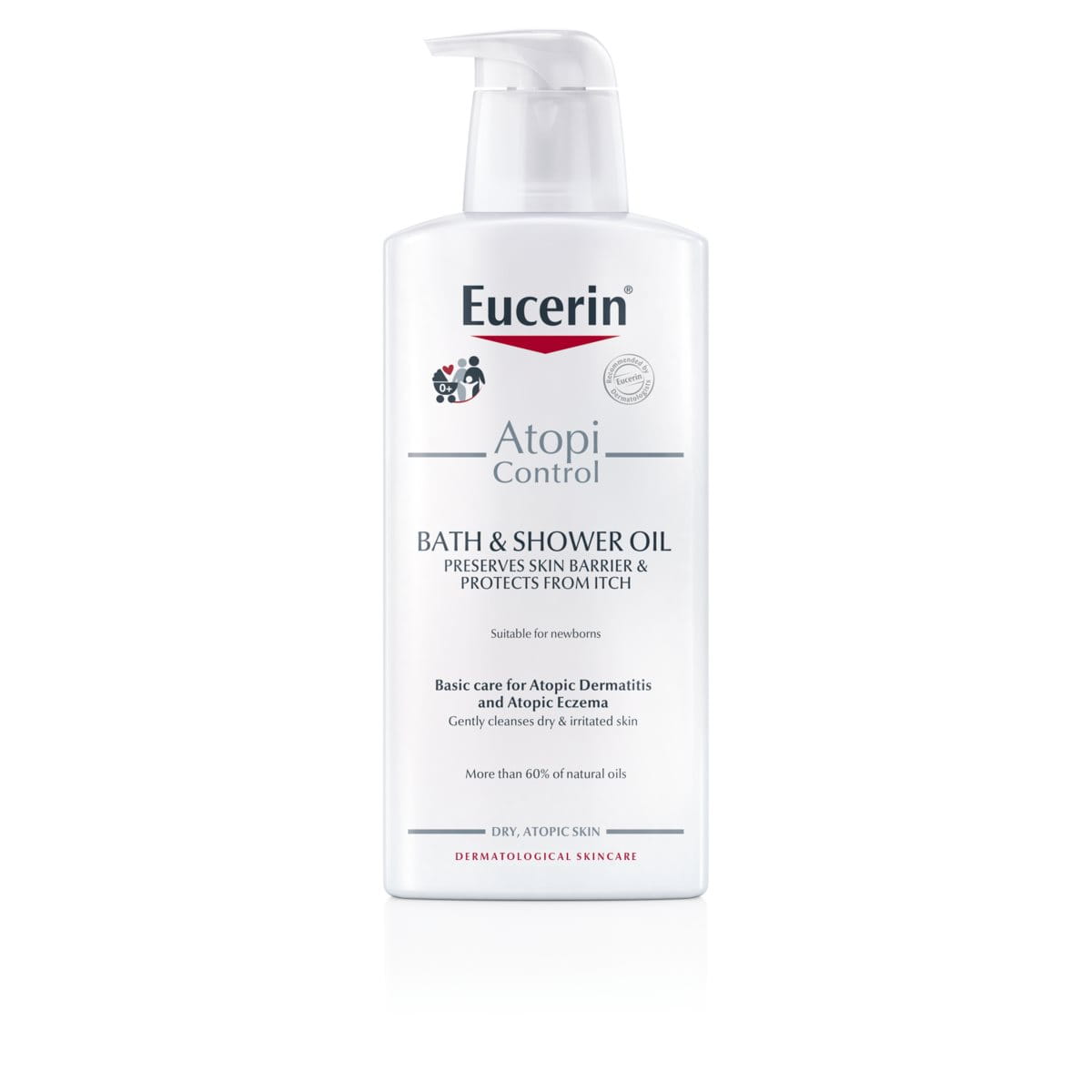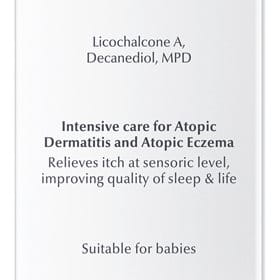Atopic Dermatitis on the hands (also known as Hand Dermatitis or Hand Eczema) is common and effects about one in every 20 people1. This article explains what to look for, the possible causes and triggers and makes suggestions on how to care for atopic skin.
(1) British Association of Dermatology, published March 2016How do I know if I have Atopic Dermatitis on my hands?
Symptoms vary from mild dryness, redness and itchiness through to flaking, cracked and intensely itchy hands. In the worse cases skin may develop blisters and cracks and weep or bleed. Any part of the hand can be affected, and symptoms vary from person to person.
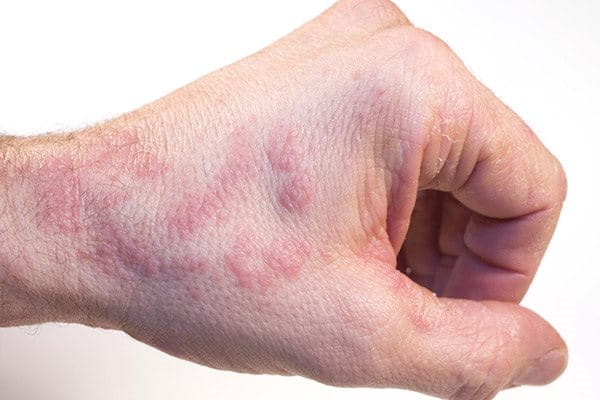
If you or your child already experience Atopic Dermatitis on other areas of your body then it is likely that the two are related. You can find out more about how to recognize the symptoms of Atopic Dermatitis in Atopic Dermatitis and babies, Atopic Dermatitis and children and Atopic Dermatitis and adults.
While Hand Eczema can start during childhood, it is more common in working-age adults. It often effects people whose hands are in contact with chemicals and other irritants as part of their jobs. As with all types of Atopic Dermatitis, Hand Eczema is non-contagious but it can be difficult to live with and cause problems in the workplace. You can find out more in How Atopic Dermatitis affects sleep and quality of life.
Mild psoriasis of the hands can look similar to Hand Eczema so, if you are in any doubt about your symptoms, you should consult your doctor for an accurate diagnosis. Find out more in Psoriasis.
What causes or triggers Hand Eczema?
Some people have a genetic propensity to Atopic Dermatitis and you can read about the possible causes of that in Understanding Atopic Dermatitis. This underlying condition makes them more sensitive to external irritants and allergens and more likely to develop Hand Eczema.
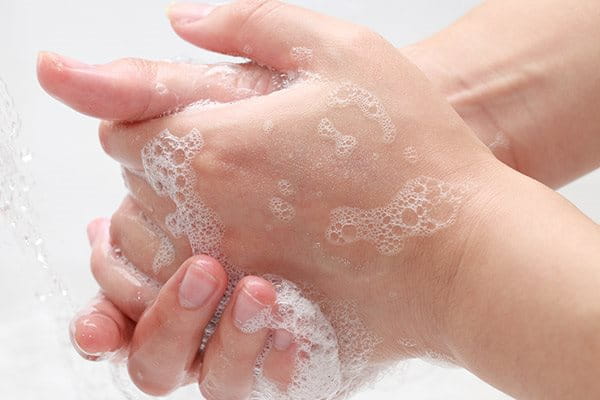
But people without an underlying condition can also develop Hand Eczema. The structure of skin on our hands means that it is already more prone to dryness than on other parts of our body. You can find out why is Skin on different parts of our body. Frequent washing (sometimes known as ‘wet work’), cold weather and chemicals in the workplace can all damage the external layers of skin causing it to dry out and making it even more prone to irritation. This condition is known as Irritant Contact Dermatitis.
Another form of Contact Dermatitis, known as Allergic Contact Dermatitis, is much less common and occurs when the body becomes allergic to a substance after regular exposure. Symptoms are similar, as is treatment. Common allergens include hair dye, perfume, nickel (used in jewellery and watches), latex in rubber gloves and certain types of plants.
Once skin is dry and irritated, scratching makes symptoms worse. You can find out how in Understanding Atopic Dermatitis.
How should I care for atopic skin on my hands?
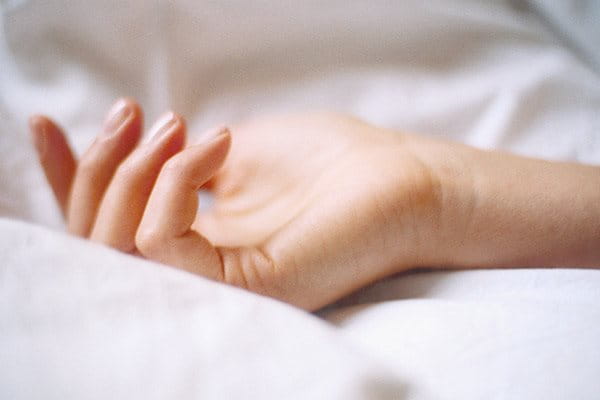
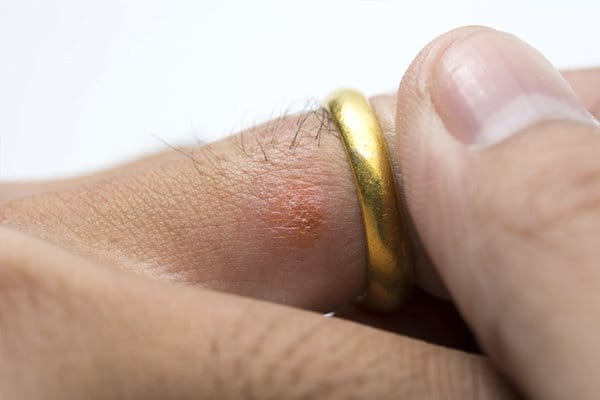
Regular and effective skincare will also help you to give your skin the support it needs, prolong the periods between flare-ups and calm and soothe skin when it is at its most irritable and itchy.
Hand washing
Wash your hands in lukewarm water (avoid temperatures that are too hot or too cold) and use a gentle, fragrance-free handwash or cleanser that has been specially formulated for regular use and/or for atopic skin such as Eucerin Bath and Shower Oil.
Ty to avoid waterless, antibacterial cleansers as they often contain alcohol and solvents that can exacerbate your symptoms and make flare-ups worse.
Pat rather than rub your skin dry and apply a moisturiser immediately after you wash your hands.
Moistruising your hands
Keep a hand moisturiser next to every sink in your home or workplace to ensure you use it every time you wash your hands and whenever your skin feels dry. Eucerin AtopiControl Hand Cream has been specially formulated to give atopic hands the daily hydrating care they need and contains Licochalcone A (to soothe skin and reduce redness) and Ceramides (to strengthen skin’s barrier function).
During flare-ups you can use Eucerin AtopiControl Acute Care Cream as an adjunctive care product alongside medical treatment as recommended by your doctor. Adjunctive care is the medical term for a product that increases the benefits of another product. Whilst not a medical product, or intended to replace one, Eucerin AtopiControl Acute Care Cream contains Menthoxypropandiol (an extract of menthol) and Decanediol (an anti-bacterial active) which are proven to cool and calm skin and bring quick relief. Follow the Eucerin AtopiControl Acute Care Cream with Eucerin AtopiControl Hand Cream to maximize the benefits.
You can read more in Identifying and managing flare-ups and, for information on how to care for Hand Eczema in infants read Atopic Dermatitis and babies and Atopic Dermatitis and children.
Medical treatment
Steroids are the most common medical treatment option, but mild steroid creams and ointments (such as a 1% Hydrocorstione) do not always address symptoms on thick skin so, in some cases, your doctor may recommend a stronger formulation. Ultraviolet (UV) therapy is also sometimes used to treat severe Hand Dermatitis.
What else can I do to look after my hands?
The best treatment for Hand Eczema is to try and avoid whatever is triggering it. Here are some of the things that others have found can make a difference:
- Wear protective clothing (e.g. gloves) to avoid exposure
- Wear cotton gloves under heavy duty vinyl or neoprene gloves to protect skin from rubbing and prevent moisture build up inside the gloves.
- Dry the inside of rubber gloves after use and keep cotton gloves clean (wash them regularly using a fragrance- and soap-free detergent or your hand wash)
- Limit the amount of jewellery you wear, remove it at night and clean it regularly.
If symptoms persist consult your doctor.
You can find out about how to care for atopic skin on other parts of your body in Atopic Dermatitis on different parts of the body, Facial Atopic Dermatitis, Atopic Dermatitis on the eyelids and Atopic Dermatitis on the scalp.
Our brand values

We deliver a holistic dermo-cosmetic approach to protect your skin, keep it healthy and radiant.

For over 100 years, we have dedicated ourselves to researching and innovating in the field of skin science. We believe in creating active ingredients and soothing formulas with high tolerability that work to help you live your life better each day.

We work together with leading dermatologist and pharmacist partners around the world to create innovative and effective skincare products they can trust and recommend.
